Fokker T.V “Luchtkruiser’ History, camouflage and markings
Another very interesting new book in the DUTCH PROFILE series was released by the end of 2009. Just like the earlier described Fokker D.XXI volume it is a book on aircraft types used by the Dutch air force and naval air service. This new publication is written by mr. Frits Gerdessen, also author of the earlier D.XXI book and a specialist on Dutch military aviation. This new release gives an in-depth story on the Fokker T.V bomber. The author gives in the first part of this book a short overview how the Dutch military forces were organized at a moment the German military threat became appear ant. At that time the Dutch politics had a very strong ‘broken gun’ attitude, but this soon changed when they realized Dutch operational types were in fact totally outdated.
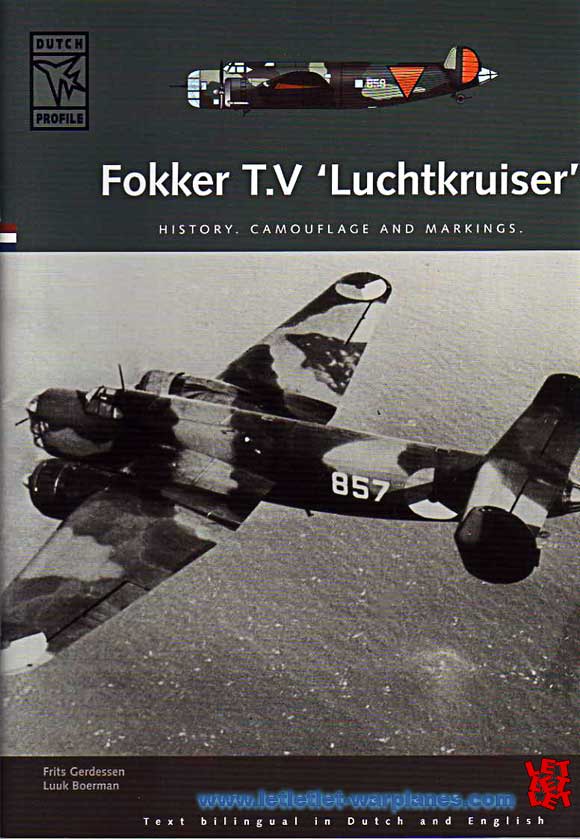
The Dutch government finally decided to order at Fokker a modern warplane, following the philosophy of the ‘aerial cruiser’. Multi-engined and heavily armed and armoured it was intended to destroy incoming enemy bombers. In fact this idea totally failed and the new plane, designated as Fokker T.V, was not more than a medium-class bomber with a defensive armament falling more or less in the same class as the British Armstrong Siddeley Whitley.
However, the T.V could hardly be regarded as a very modern type when it was introduced in the years preceding the outbreak of WW-II. The twin-engine bomber was of mixed construction with wooden wings, a light-alloy front fuselage and a rear fuselage made of welded steel tubes covered with fabric.
Front armament was a 20 mm Solothurn cannon. It carried further four 7,9 mm drum-fed Lewis machine guns at various positions including in the tail. In fact the tail gun position was the same as used on the Fokker G-1.
The plane was not fitted with a heating system for the crew and since the gun openings were not perfectly sealed the crew had to fly under very draughty and very cold conditions.
The T.V was introduced in a new bomber flight department (BomVa or Bomvliegtuigafdeling) and became operational in 1939. Including the prototype, a total number of sixteen T.V’s was built and supplied, carrying the registrations 850 – 865.
During the five-days war in May 1940, only 12 were combat-ready. They all flew operational bombing missions, but during this period all T.V’s were lost over a number of days in various air battles with German fighters. In fact the T.V was totally unsuitable for daylight operations and also escorting D.XXI fighters suffered heavy losses. At the capitulation the German forces captured the four remaining non-combat ready machines.
In this 56-page book many details on operations are given with many, sometimes very rare, photographs. Also photographs of the T.V in German markings are included! In total 80 photos are used in this book.
The book also shortly mentions the international interest from Argentina, and Sweden.
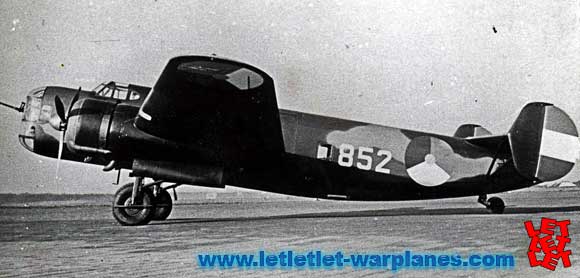
Further, extensive details are given on the typical 3-colour camouflage and on markings. Detailed colour profile drawings are given for the prototype, the operational planes both with Dutch ‘rozettes’ and orange triangular marking and a T.V (no. 859) in German markings. On the back cover profiles are given showing experimental circular markings.
In short: this is a very welcome publication, not only for the aviation historian, but also for the aircraft model builder. Unfortunately, there is very little on the market for the model builder, but maybe this will change in the future!
Book details:
Title: Fokker T.V ‘Luchtkruiser’- History, camouflage and markings
Authors: Frits Gerdessen and Luuk Boerman
Type: soft-cover – A4 size
ISBN: 978-94-90092-01-6
Price: 17.50 EURO including P & P (Europe)
Order your copy: see www.dutchprofile.nl
Published by:
Dutch Profile
Kerkstraat 2
2471 AP Zwammerdam
The Netherlands
Nico Braas

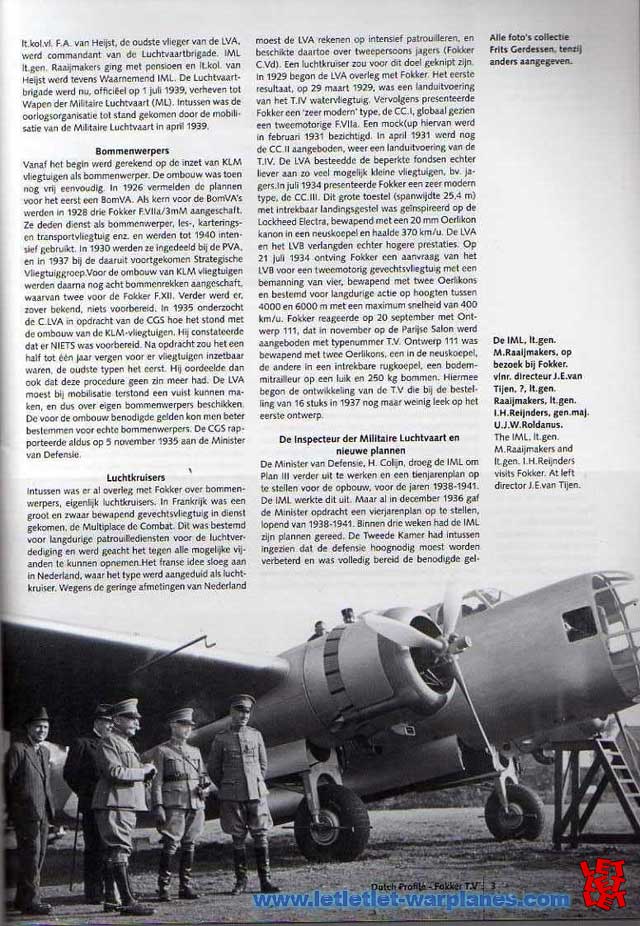
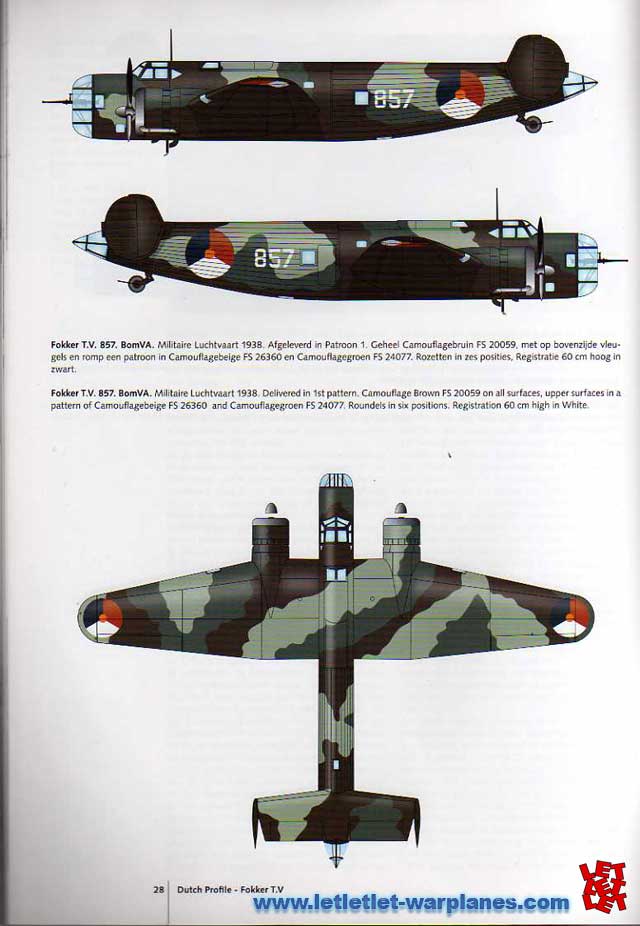
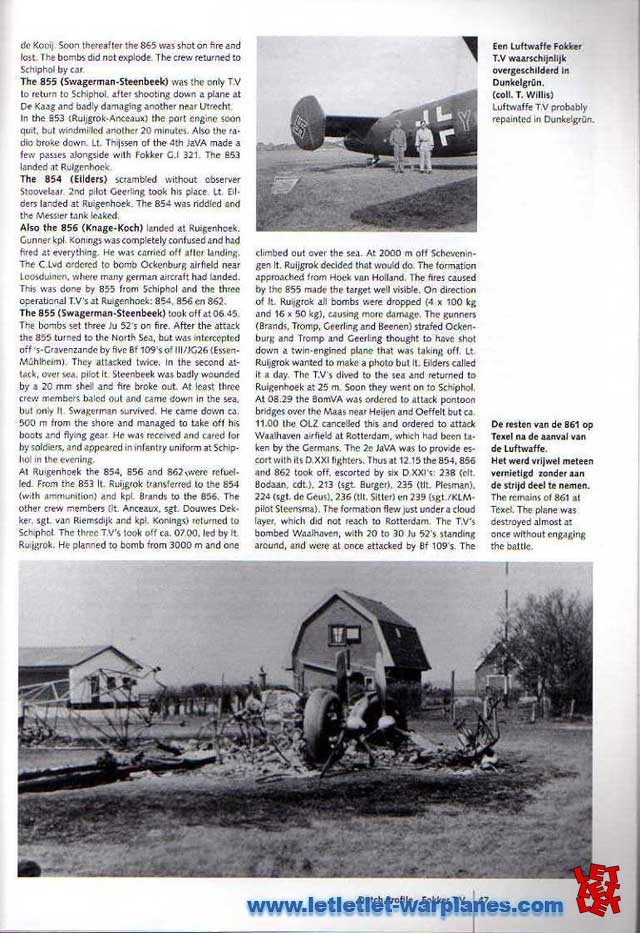
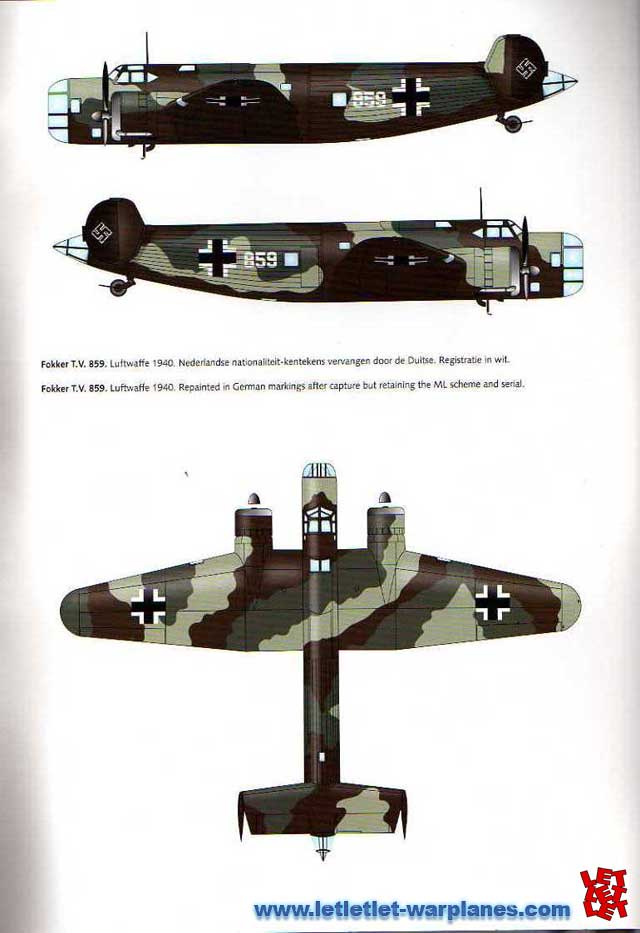
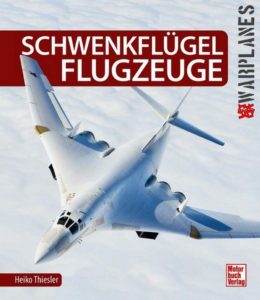
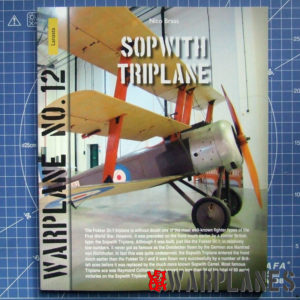
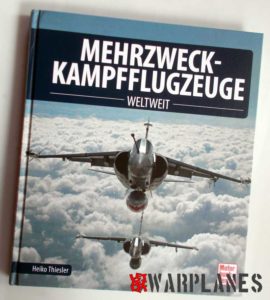





Hi there,
How nice to see that we Dutchies were able to design and build great planes to hold our own, only not to because of insufficient numbers due to politicians endlessly and unproductively argueing about design details.
When or can we expect/buy drawings to build RC models please?